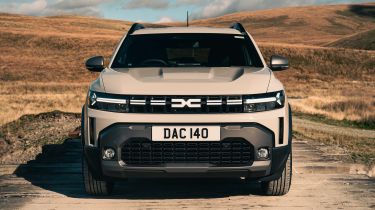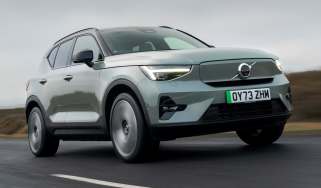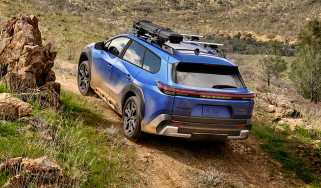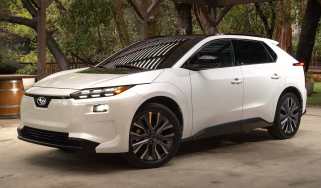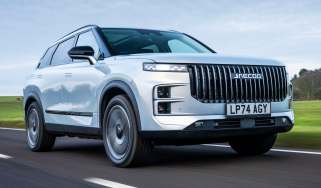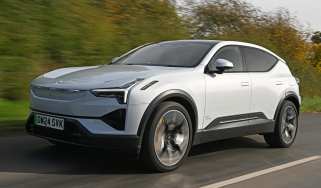Dacia Duster review - MPG, running costs & CO2 emissions
“Some may lament the loss of a diesel option, but the Duster’s new Hybrid model and mid-range mild-hybrid tech improves efficiency”
The latest Dacia Duster gets a choice of engines, kicking off with the Bi-Fuel model capable of running on cheaper LPG fuel as well as petrol. It’s worth noting, however, that the 1.0-litre engine is the least frugal on fuel, and while LPG gas is cheaper to buy, the Duster will burn through it more quickly than when running on petrol, returning just 35mpg.
The new 1.2-litre petrol engine gets mild-hybrid assistance by way of a 48V generator which Dacia says reduces fuel consumption and CO2 emissions by 10% compared to the outgoing version’s more basic 1.2-litre engine.
First introduced on the Dacia Jogger MPV, the Duster SUV will now be available with a full-hybrid option for the utmost in fuel economy. It’s able to drive for shorter distances at lower speeds on electricity, with the 1.6-litre petrol engine kicking in when appropriate. There aren’t any plans for a fully-electric version of this generation of Duster.
| Model | Fuel economy | CO2 emissions |
| 1.0-litre turbocharged Bi-Fuel | 43.5mpg | 126g/km |
| 1.2-litre turbocharged mild-hybrid petrol | 51.4mpg | 123-124g/km |
| 4x4 1.2-litre turbocharged mild-hybrid petrol | 46.3mpg | 135-137g/km |
| 1.6-litre full-hybrid petrol | 55.3mpg | 113-115g/km |
How efficient is the Dacia Duster in the real world?
Official fuel economy figures are one thing, but during our testing of the 1.2-litre two-wheel drive model, we managed 46.3mpg. While it’s down on the lofty quoted fuel economy, it’s not terribly far off, and we think it’s a very respectable figure.
The Duster Hybrid certainly appears to be very frugal, averaging 55.2mpg during our testing, over a mixture of roads and after more than 250 miles. This isn’t far off the official figure.
How much will the Dacia Duster cost in tax?
Most of the Dacia Duster range will fall into the standard VED (road tax) category, though the Hybrid model should qualify for a £10 annual discount given its status as an alternative-fuel vehicle. The best version of the Duster to go for if you’re a company-car buyer is the Hybrid because its lower CO2 emissions will put it into a more moderate Benefit-in-Kind (BiK) tax band.
What will the Dacia Duster cost to insure?
The Duster sits in groups 17 to 24 out of 50, so it shouldn't be very expensive to insure. However, these are higher than group 11 to 15 ratings of the previous generation of Duster.
